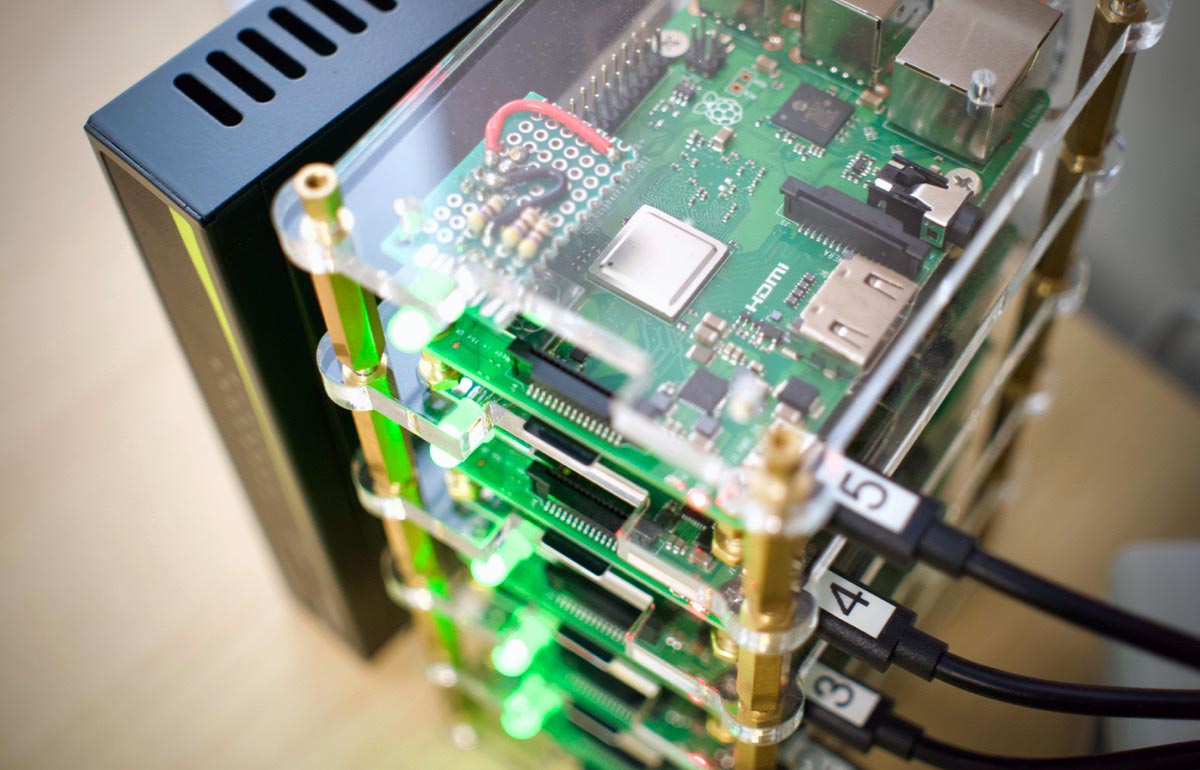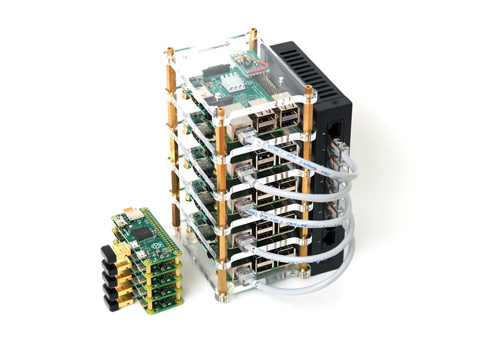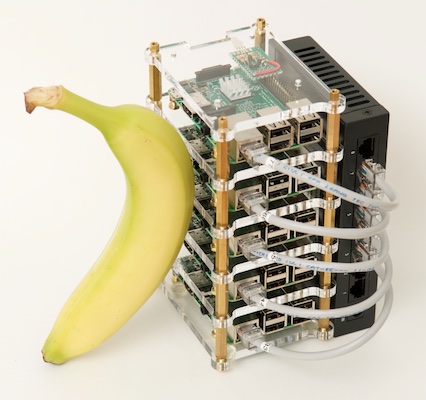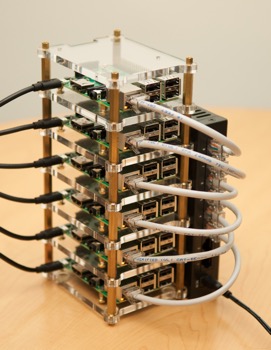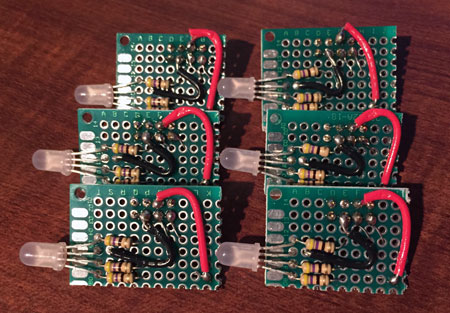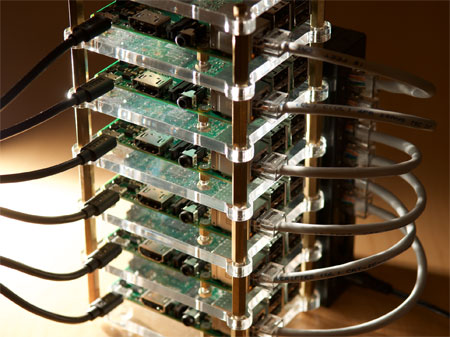Monitoring Kubernetes cluster utilization and capacity (the poor man's way)
If you're running Kubernetes clusters at scale, it pays to have good monitoring in place. Typical tools I use in production like Prometheus and Alertmanager are extremely useful in monitoring critical metrics, like "is my cluster almost out of CPU or Memory?"
But I also have a number of smaller clusters—some of them like my Raspberry Pi Dramble have very little in the way of resources available for hosting monitoring internally. But I still want to be able to say, at any given moment, "how much CPU or RAM is available inside the cluster? Can I fit more Pods in the cluster?"
So without further ado, I'm now using the following script, which is slightly adapted from a script found in the Kubernetes issue Need simple kubectl command to see cluster resource usage:
Usage is pretty easy, just make sure you have your kubeconfig configured so kubectl commands are working on the cluster, then run:
